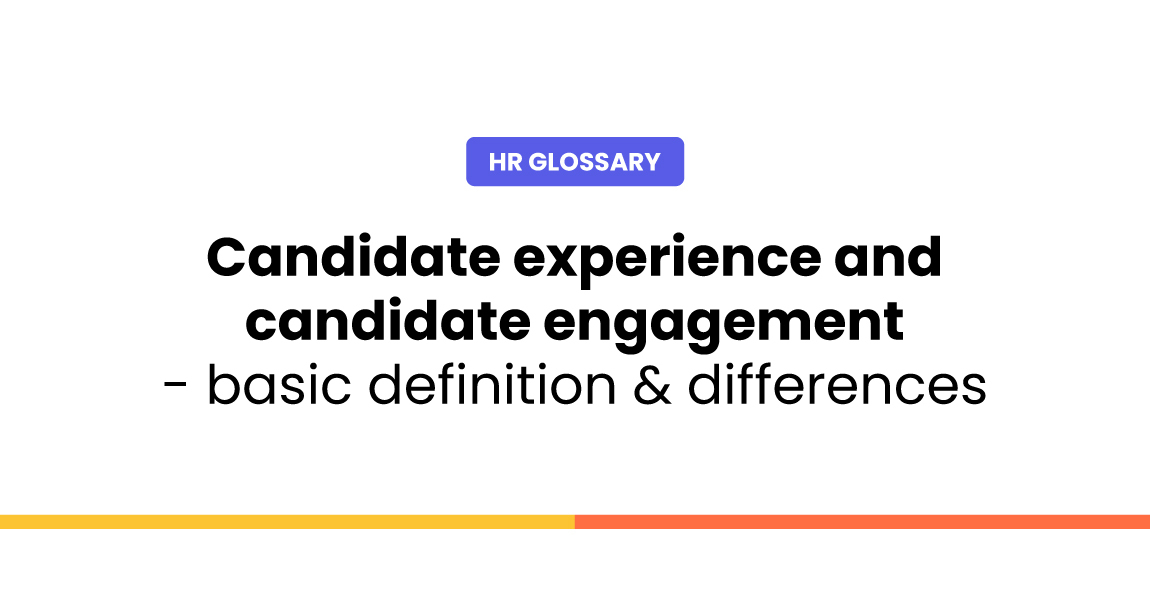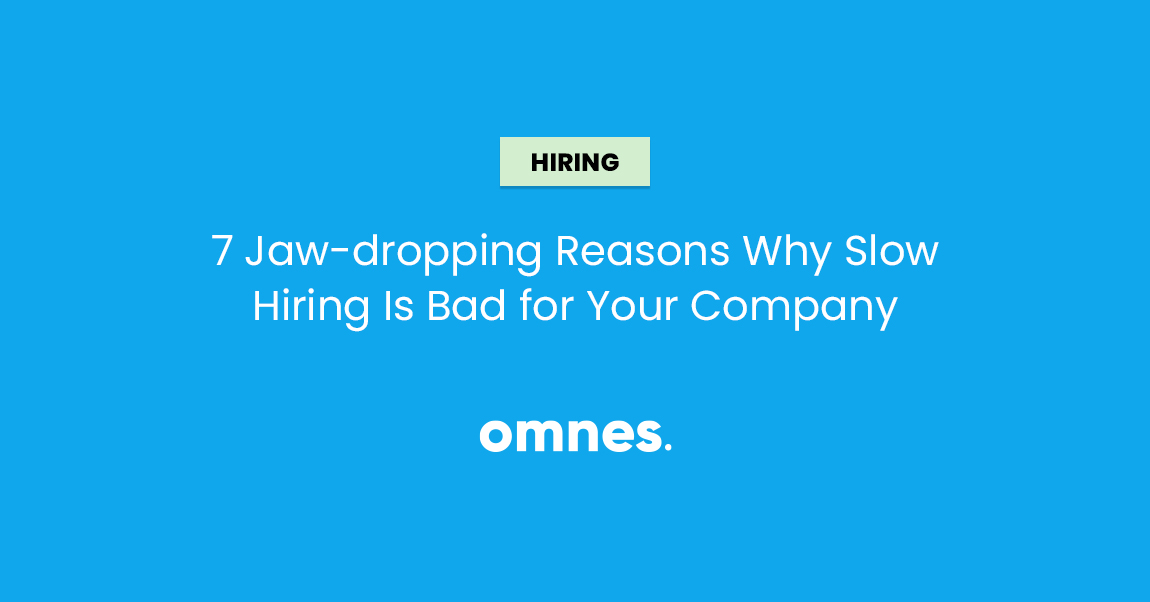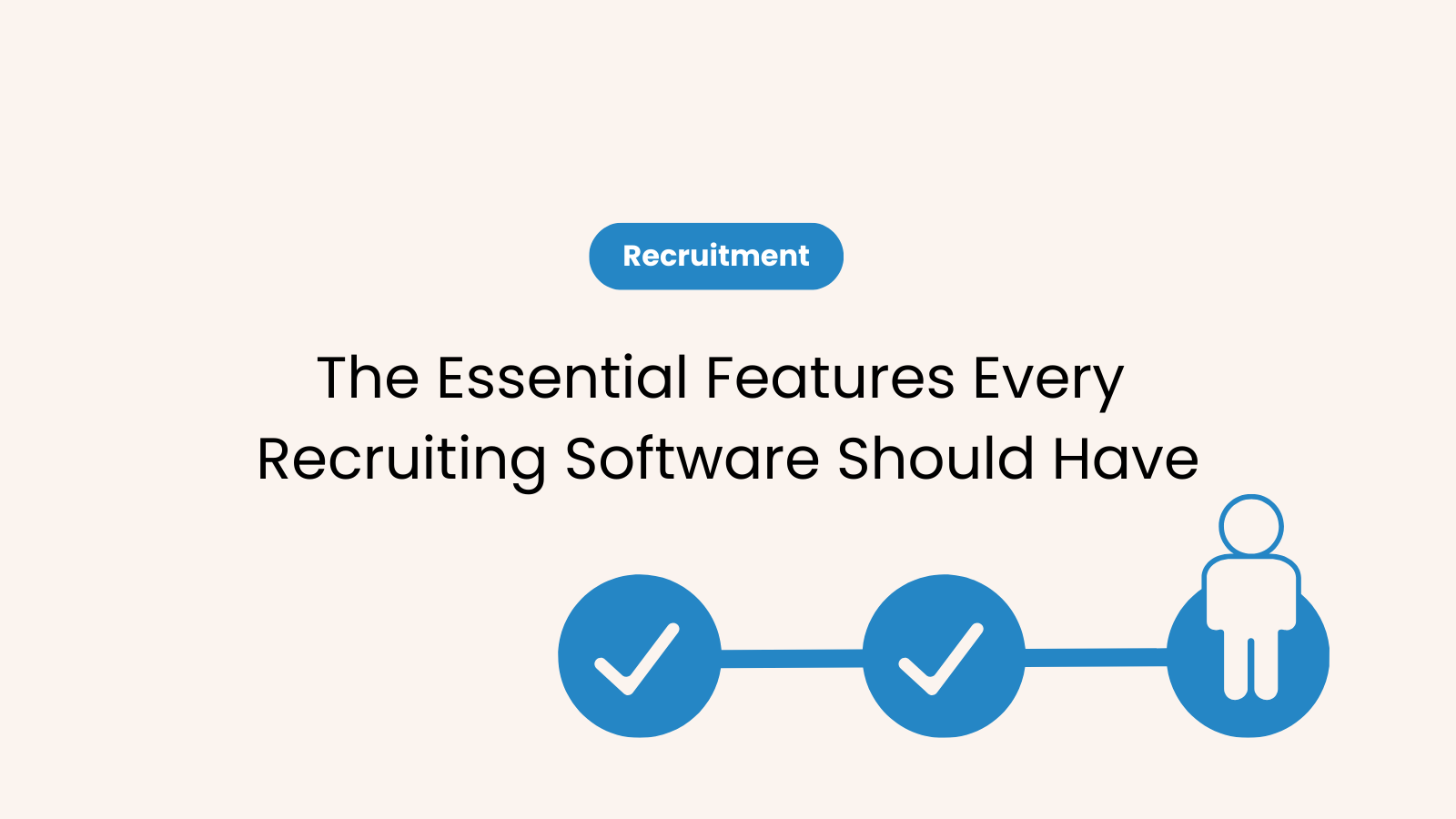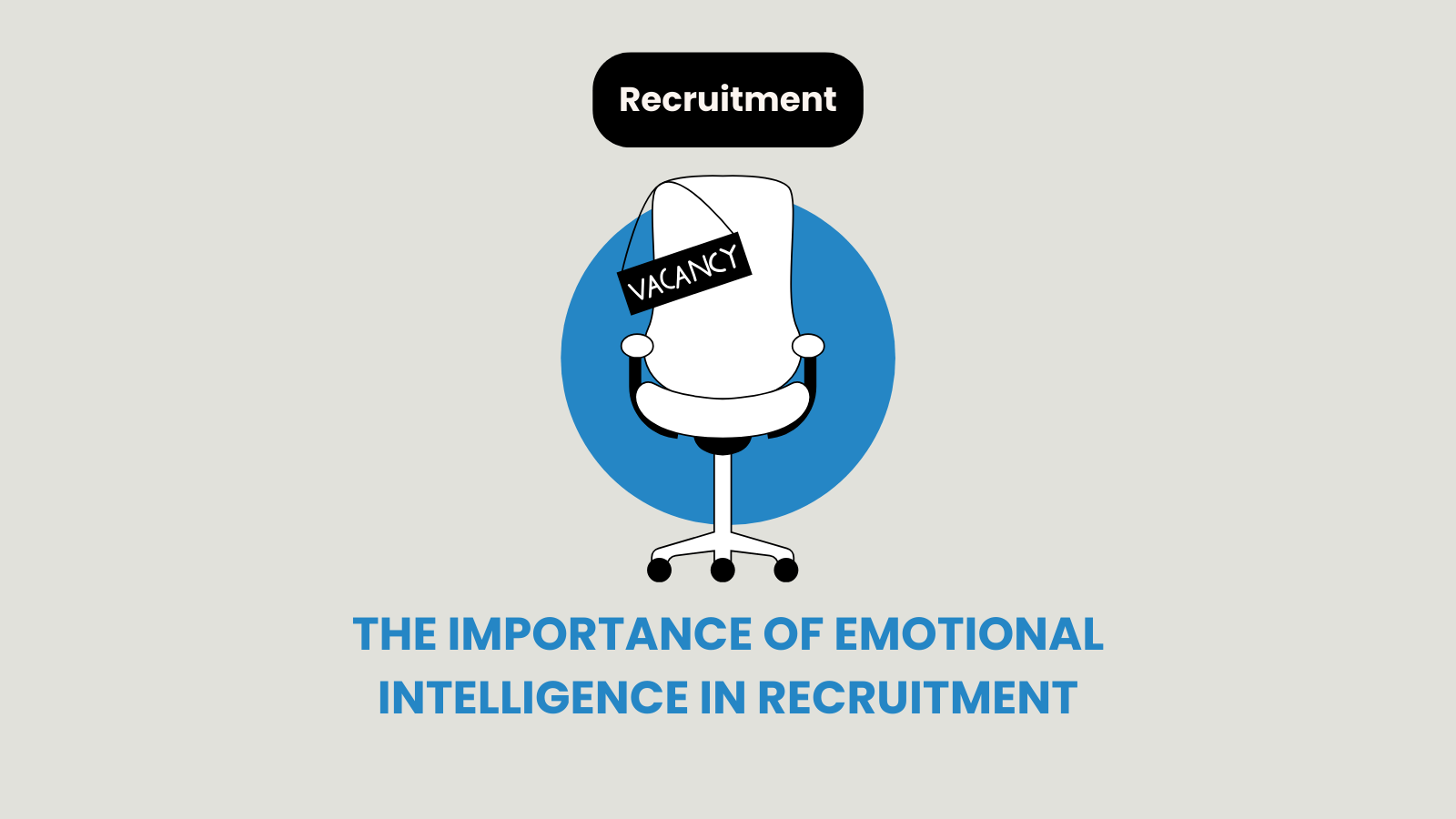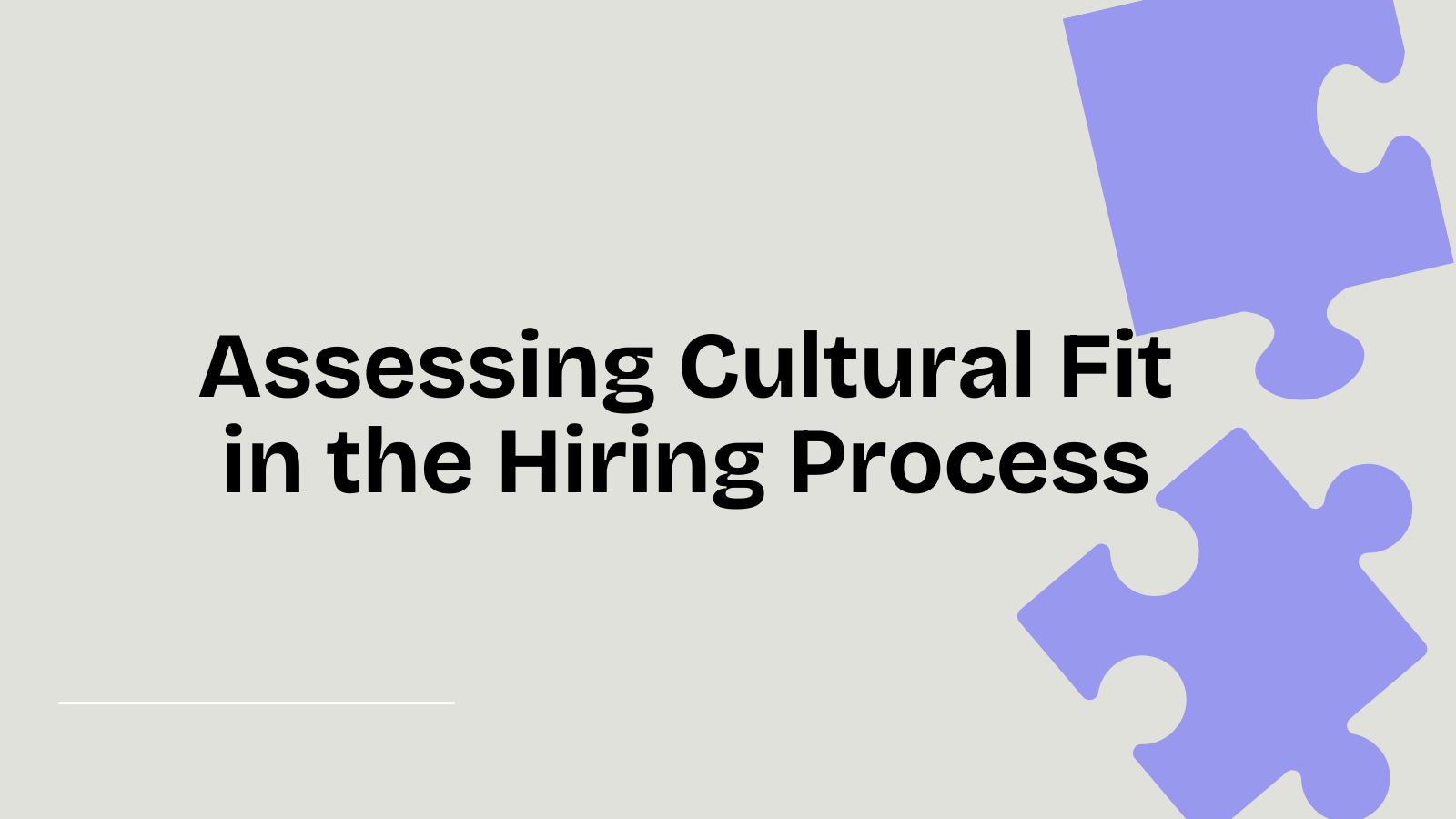In today’s job market, recruiters need to be on alert non-stop. And that means that they must use each tool at their disposal, find new ways to expand their networks, and amplify their knowledge. Finally, recruitment processes and all efforts must be candidate-driven. So, it’s invaluable to track candidate experience and candidate engagement.
But what do these terms stand for? Why are they essential to measure and refine? What are the best practices every recruiter and hiring manager has to know of? This simple guide will answer these key questions and offer a few effective tips. So, let’s define the terms, highlight the similarities and differences, and move on to the formula for successful recruitment.
How do you define candidate experience?
In simple words, candidate experience (or CX) is the perception of an active or passive job seeker about an employer. It’s based on the company’s branding and all interactions throughout the recruitment process. It starts with awareness, the initial step of each candidate’s journey. And then, it continues to form through the application process, interviews, and all the way to the final stage. The onboarding process is thought to be the ultimate challenge in building superb experiences for candidates.
So, CX actually stands for a sum of a person’s notions and feelings gathered through the recruiting process. And its massive importance lies in the fact that it can boost or spoil candidates’ opinions of the company. Taking an extra moment to assess and improve CX can save employers time and money, increase the quality of hires, help with employee retention in the long run, and enhance future recruitment efforts by securing a better reputation.
What does a good candidate experience look like?
Word of mouth travels fast, especially in the digital era. And the thing is – bad news and poor experiences always find their way to reach a broader audience. So, beware and learn which slips and mistakes to avoid. And pick up on a few tested tactics that grant excellent CX:
- Strengthen your brand by creating a career page that stands out, writing (and distributing) clear, engaging, and inclusive job descriptions, and building up your social media presence.
- Make the application process as simple as possible and maintain good communication with all candidates, including those who don’t fulfill your requirements or don’t match your current hiring needs. Be sure to make it all neat, easy to understand, and time-saving. Also, make yourself accessible and always offer honest and detailed feedback.
- Be careful with what you automate. Surely, all recruiters and managers need a few helpful tools at their disposal. An ATS can be of great help, and so can be scheduling tools like Calendly or diversity boosters like Textio. But it’s crucial to highlight the human component and reflect your tone and company’s culture through every text, call, or other interaction.
👉 Here’s another key point: you must track your CX. Know the results you’ve achieved so far. See if some of your actions and strategies need some refining. Surveys and post-interview forms can help you grasp how candidates perceive your brand and processes.
What is candidate engagement?
The basic meaning of this essential HR term refers to how responsive candidates and job applicants are. Its key purpose is to measure how suitably candidates think they were treated throughout the recruitment process. And according to various surveys, more than one-half of job seekers feel like they’ve received inadequate treatment. Here, continual communication with your talent pool by email, text, or face-to-face is vital. And these are the factors to estimate and measure recruiters’ and interviewers’ success.
Now, why is candidate engagement important? First of all, it could raise interest levels among your target audience and bring in more qualified hires. Also, it helps spread the good word about an organization and its processes, labeling a company as an employer that cares about how its prospective hires feel. Finally, it decreases the number of dropouts and rejected job offers.
How do you measure candidate engagement?
Candidate experience and candidate engagement are examples of hiring elements that require extra attention. Both must be measured and evaluated consistently. And both demand fresh approaches and new techniques to refine relationships with candidates and build strong bonds. So, which metrics should you use to track your success? Here are the main ones:
- Application completion rate,
- Candidate drop-off,
- Time to fill,
- NPS (Candidate Net Promoter Score) and the cost of a negative CX.
Bonus tip: Come up with an acceptable time frame for candidates to respond. Stick with the plan and make sure to follow up timely. Also, don’t forget to do the same. No ghosting on either side. 👻🚫
Also, it’s invaluable to track stats and figures that show how well your website and career pages are doing. Social media and email engagement should also be measured. And finally, just make sure to Google your firm and read the reviews carefully. People tend to be open about their experiences when the questions are answered anonymously.
Candidate experience and candidate engagement differences
If you wish to maintain an effective recruitment pipeline, it’s imperative that you keep track of candidate experience and candidate engagement. Aside from measuring them, it’s essential to figure out new ways to manage and perfect them both because they’re the principal indicators of your sourcing and hiring success. So, what are the similarities and differences between these two?
First of all, they are inseparable. However, CX is a broader field. It’s focused on the overall feelings and experiences that are acquired and formed during the recruiting process. On the other hand, engaging candidates and keeping them interested is mainly done through the communication process. So, measuring this element is primarily based on assessing communication between recruiters and potential hires.
💡 So, here’s a conclusion: overall satisfaction achieved by positive CX is the key ingredient. Recruiters can’t direct their attention toward engagement until everything’s ready for this next step.
Candidate experience and candidate engagement best practices
Praiseworthy CX is what sets the solid foundation for creating an outstanding candidate engagement model. Here’s how to get started and reach excellent results and fill in the blanks quickly:
- Make your website attractive and easy to navigate. Make sure that it’s user-friendly and set to match your mobile-first recruitment strategy as well.
- Focus on tailored application and selection process. Know whom you’re speaking to, and customize the entire experience. Start by setting the tone, writing more clear job descriptions, and being transparent regarding your processes, culture, budget, etc.
- Think about making your interview process smooth and painless. Once you offer a neat and pleasant interview experience, candidates will recognize the worth of your efforts and the company as a whole.
Now, these were the basic grounds to cover. Once you’ve built up your website and career page, made the hiring experience in your job ads better, and re-evaluated your interviews, it’s time to hop onto the next step where you engage candidates and aim toward turning them into brand ambassadors.
How to increase candidate engagement
It’s time for improved communication and tighter bonds between recruiters (and a brand as a whole) and the talents they’re looking to attract and hire. Here’s what each in-house team or recruitment agency must do:
- Be clear and offer a precise hiring timeline,
- Give feedback and ask for feedback,
- Personalize all points of contact.
Now, as we already said, some parts of the process and communication could (and should) be automated. For example, it would be wise to ping an applicant once their resume reaches your database. In this case, it’s best to send a confirmation email. Studies show that more than 90% of job seekers want to get the green light once they submit their CV. So be sure to acknowledge their need.
Bonus tip: Paying more attention to employee engagement can make all the difference. In other words – you mustn’t stop trying once the talent is welcomed to the team. Start with an efficient onboarding process, and keep the opportunities to amplify one’s knowledge coming. Also, be aware of the significance of excellent team leadership that will encourage your employees to learn, grow, and stay motivated.
Candidate experience and candidate engagement are vital!
So, we have covered the basic definition and significance of the two vital elements of candidate-oriented hiring. We also mentioned some of the absolute best methods and approaches every employer should put into practice. But what is one unique way a recruiter can increase candidate engagement and boost their experience in general? Fast replies come to mind. And so do smooth, simplified processes and effortless interview scheduling. Informative texts and concise job requirements also make it to the top of the recruiter’s list of priorities. But the biggest and most far-reaching elements are honest communication and accessibility. Keep that in mind & offer superb experiences to your potential hires.
Need a reliable recruitment agency that will turbo charge your hiring and branding efforts? 👉 Let’s talk.
